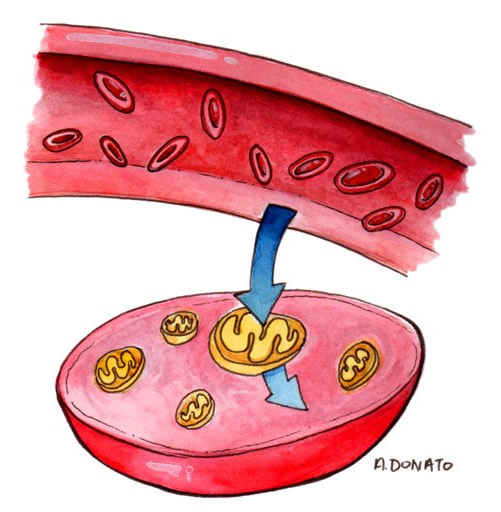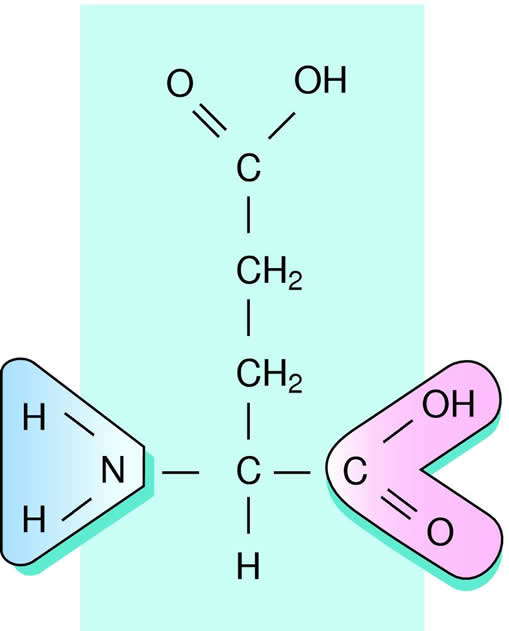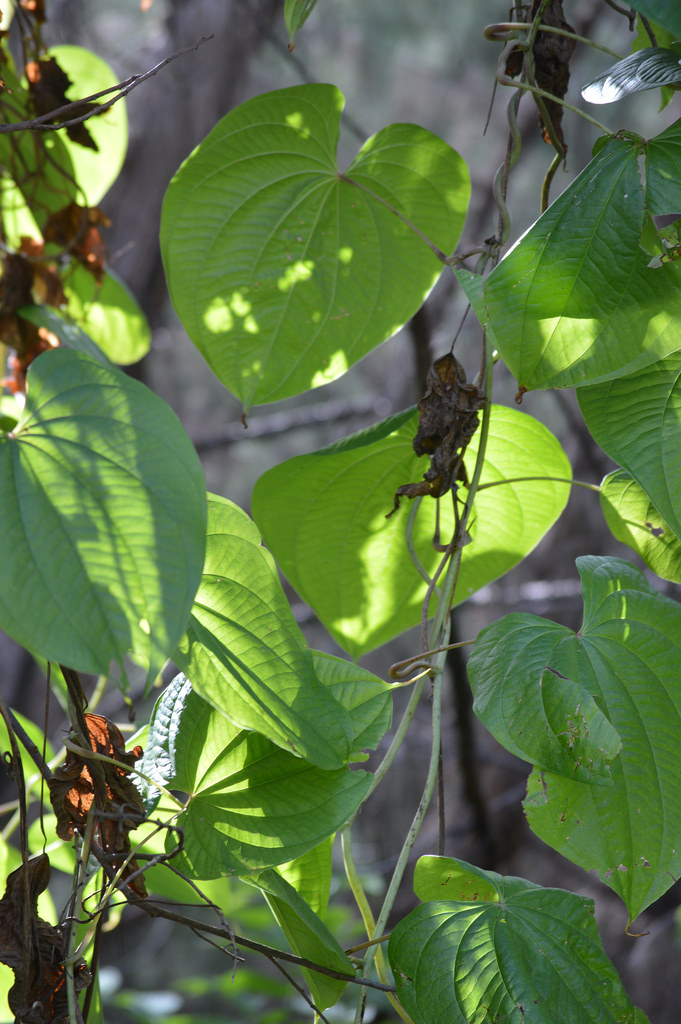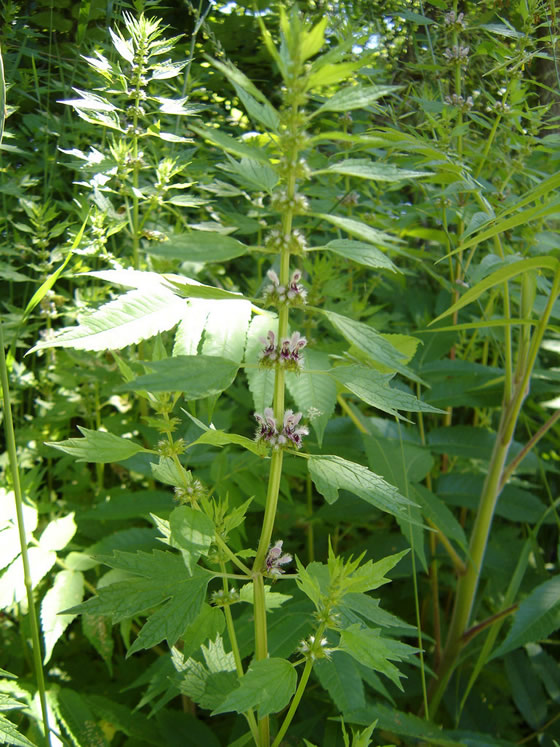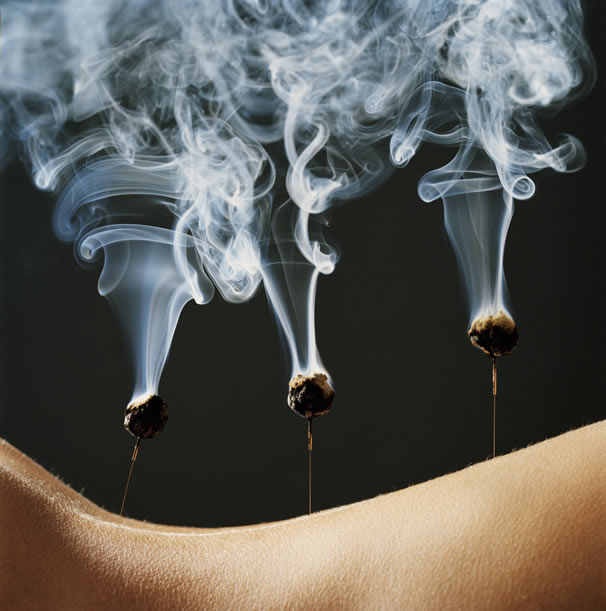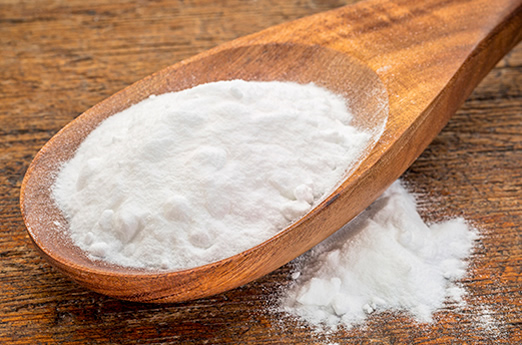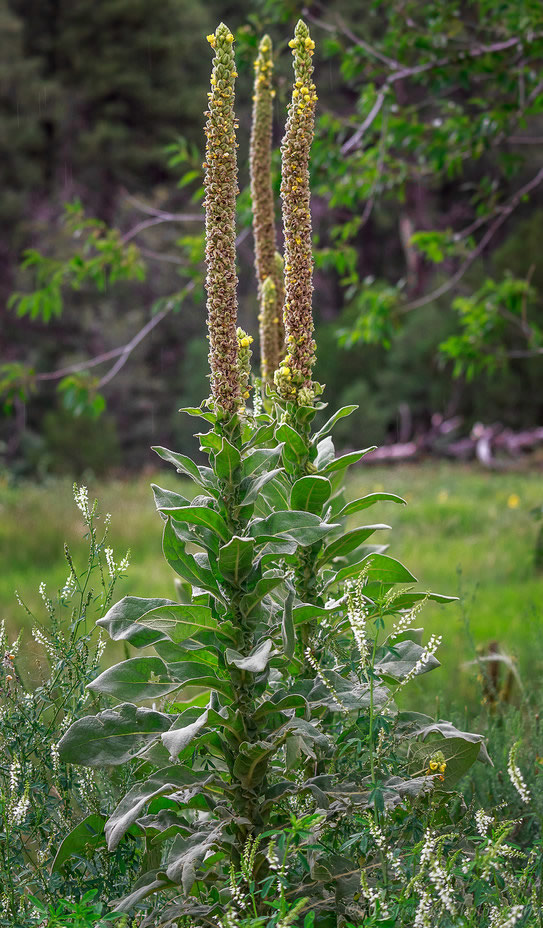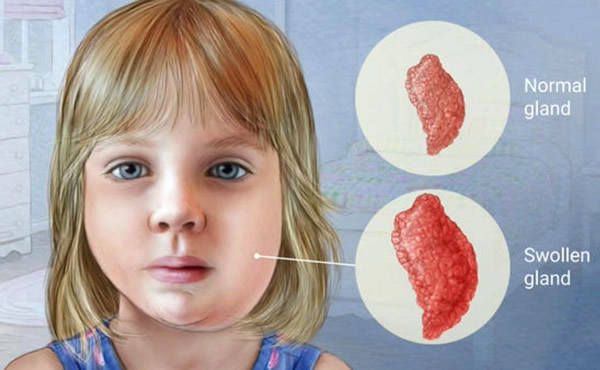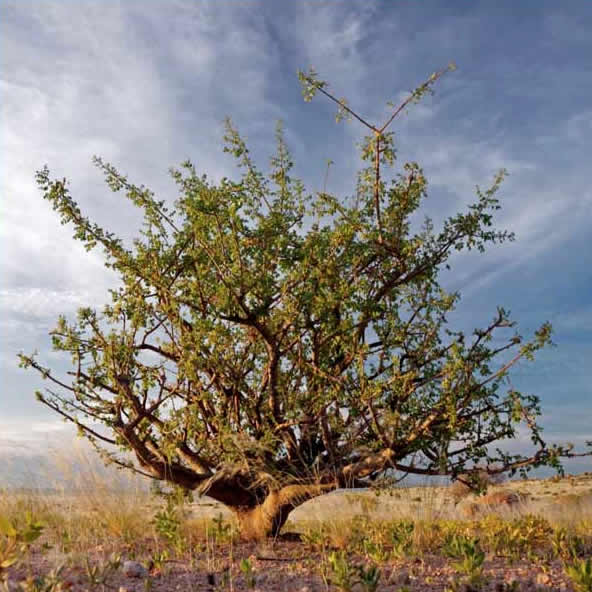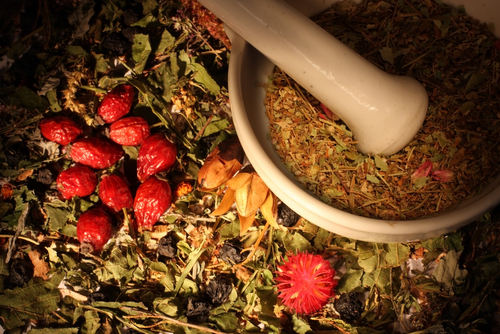 |
| Melatonin |
Melatonin is a hormone produced naturally in the pineal gland at the base of the brain. It is important in regulating sleep, and may play a role in maintaining circadian rhythm, the body’s natural time clock. The hypothalamus keeps track of the amount of sunlight that is taken in by the eye.
The less sunlight, the more melatonin that is released by the pineal gland, thereby enhancing and regulating sleep. Melatonin can also be taken in an over-the-counter supplement mainly sold in health food stores and pharmacies.
General use
A variety of medical uses for melatonin have been reported but its current popularity stems from its promotion as a sleep aid and to reduce jet lag. However, medical experts caution that melatonin is not a harmless substance without risks. Natural melatonin production decreases with age and the decrease is associated with some sleep disorders, particularly in the elderly.






